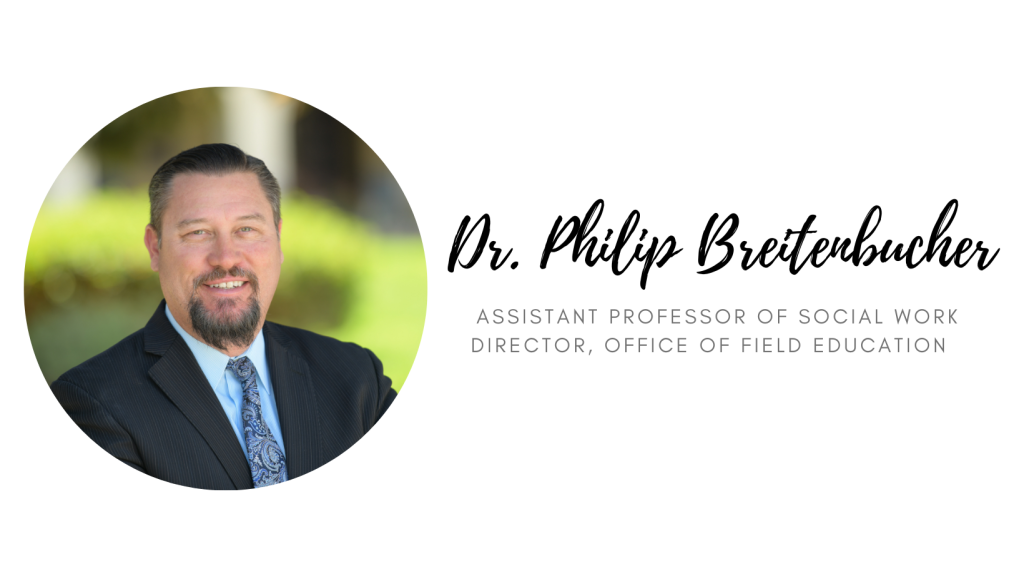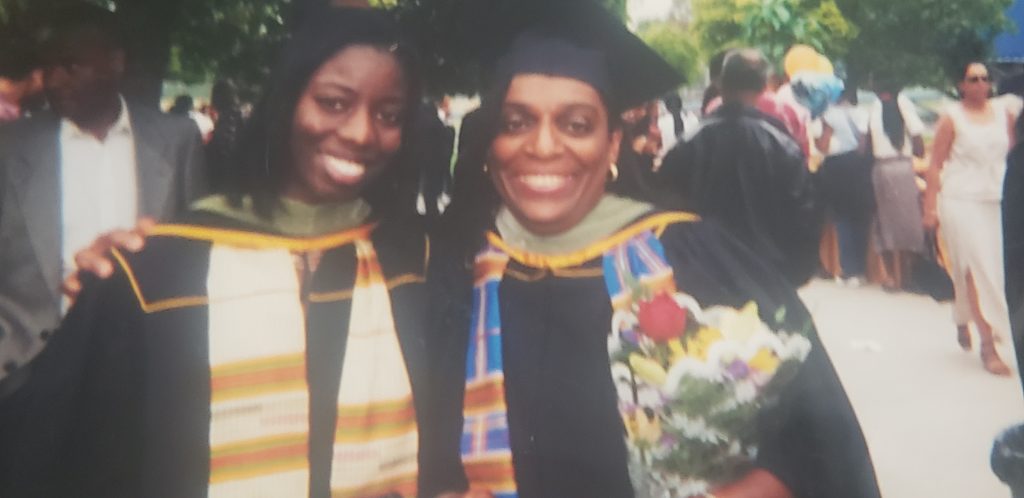
When I tell people that I teach for an English department, they don’t seem very surprised. When I tell them that I teach for an English department and the College of Behavioral and Social Sciences, I often get a rather puzzled look. I usually just follow with “I teach writing for the behavioral sciences” and that seems to make enough sense to them. It’s the easy answer, but it’s not the whole answer. Because teaching writing is never just teaching writing. When I teach in the behavioral sciences, I don’t just teach sentence structure, spelling or whatever else people might think teaching writing usually involves. It’s always more than that.
On occasion, someone makes the mistake of looking overly interested and I continue. I explain that my classes delve into the nuances of the scientific conversation, understanding assumptions, evaluating methodologies, examining evidence, and looking for insight into human behavior through empirical research. This typically elicits either a glazed-over look or a curious “But English teachers like words, not numbers. Stories, not science.” On behalf of literature teachers everywhere, I sigh. That may be true sometimes, but both the composition and research professor in me can tell you that’s a logical fallacy based on the overgeneralization of small samples and anecdotal evidence.

Because more than just muddling through quantitative research methods as a necessary drudgery, I really like numbers. I do love novels, but I’m not above spending a few hours poring over data visualizations (and then texting a literary colleague to confess such promiscuous activity). I find figuring standard deviations and constructing scatterplots oddly satisfying. And I admit, sometimes, when I should be grading, I get distracted by a research article I was saving for later. While it often surprises people that a literature professor is interested in quantitative research, quantitative approaches to literary analysis are not new. If you’re interested, you might check this lovely collection of histograms and scatterplots and statistical analyses of the distribution of words across narrative time from Stanford Literary Lab—be forewarned you’ll find terms like “null hypothesis,” “chi squared,” and “multinomial distribution” mixed into the discussion of word choice and Moby Dick.
So, quantitative analysis has found its way into the realm of literary research, but the connection doesn’t end there. In fact, qualitative research, with its focus on narrative and thematic investigation, is an even more natural intersection between my two loves. Content analysis, in particular, seems to me to be well aligned with literary analysis. Both interrogate cultural artifacts, looking for patterns and trends, what is said and unsaid, the exact words used for characterization, the underlying motivation and processes behind the construction of narratives, and the effect all that has on the reader.

Since I know you want to know more, stay tuned. In the next post, we’ll look at content analyses of literature and how researchers use these methods to gain insight into the stories we tell ourselves.
To continue on this journey, click here to read part two of this three part series!
























